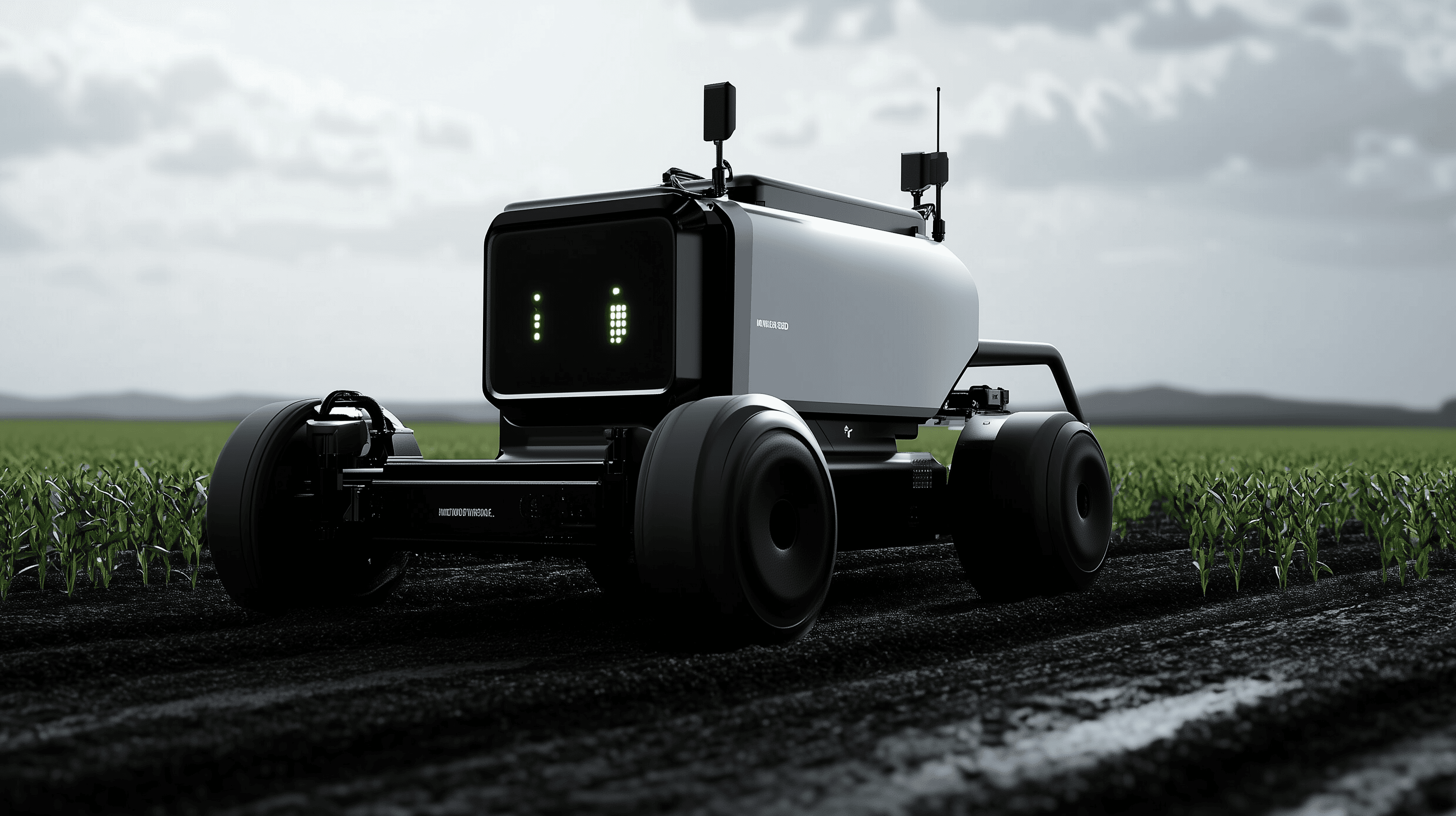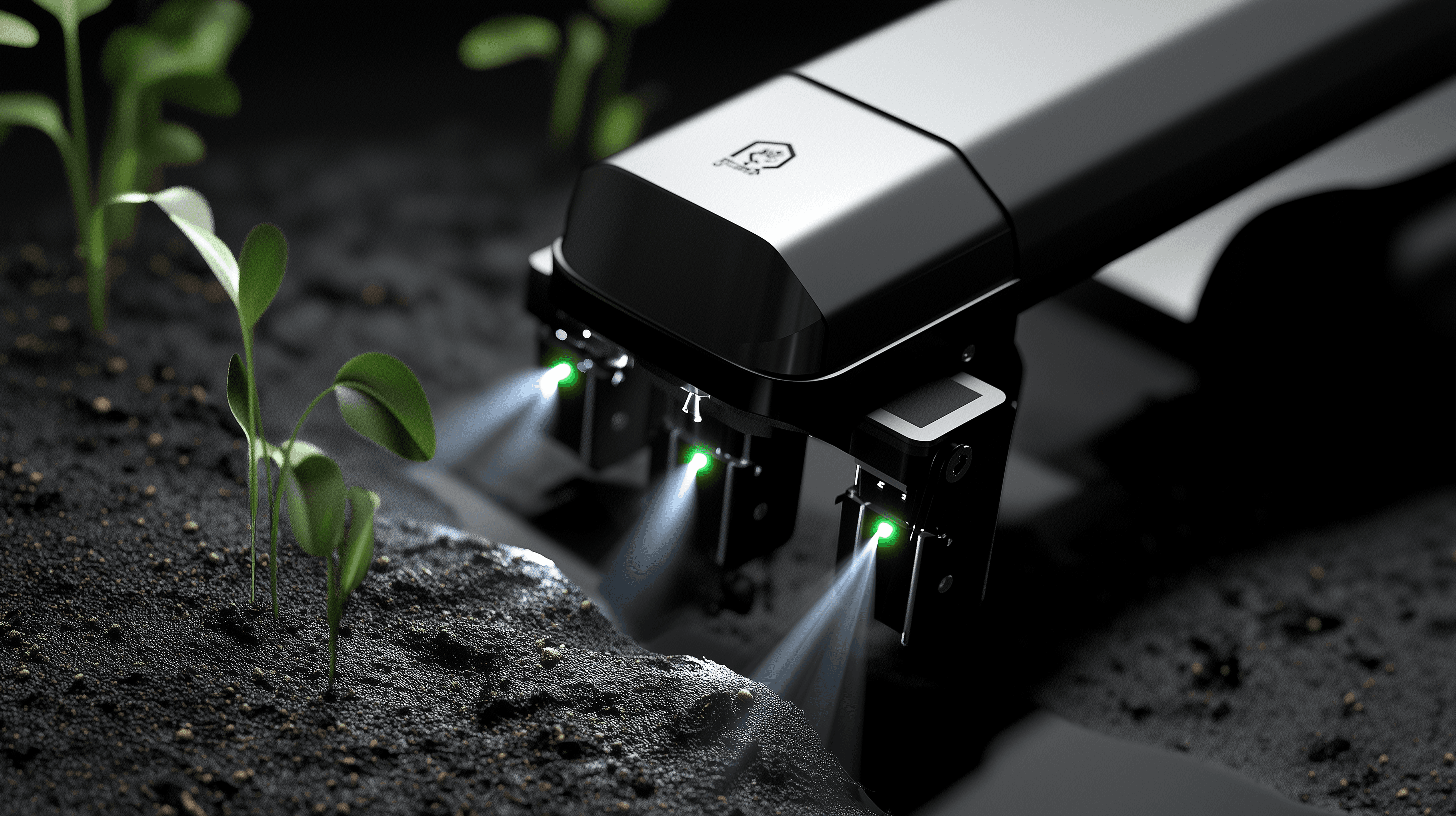Mobile soil remediation for urban contaminated sites

Business Idea Concept.
Urban soil contamination threatens public health and agriculture, affecting communities worldwide. The primary use case for the mobile soil remediation system lies in effectively removing heavy metals, such as copper and lead, from contaminated urban areas, ensuring the soil is safe for future agricultural endeavors. This innovative, low-cost system not only reduces energy consumption significantly through the use of alternating electric current but also eliminates secondary toxic waste, making it ideal for sustainable urban planning and land redevelopment, ultimately enhancing food safety and community health.
With a treatment time between 30 minutes to 6 hours, this mobile solution efficiently meets regulatory standards for soil quality. It offers municipalities and developers a highly scalable, rapid-response option for addressing contaminated sites. By recycling EDTA solution for repeated use, it further minimizes environmental impact and operating costs, paving the way for cleaner, healthier urban landscapes and supporting the revitalization of communities burdened by legacy pollution issues.

Innovation at the Core.
Technology Readiness Level
User Persona.
Key Features.
Market Size.
MVP Cost Short
Breakdown.
Research & Development
$40,000 – $70,000 - Includes system design and testing for efficacy.
Component/Material Sourcing
$30,000 – $50,000 - Procurement of EDTA, sensors, and filtration components.
Design & Branding
$10,000 – $20,000 - Development of branding and user interface for system operation.
Initial Production / Build
$50,000 – $90,000 - Manufacturing the first operational mobile units for trials.
Testing & Certification
$20,000 – $30,000 - Necessary certifications for environmental safety compliance.
Total
MVP ready for demonstration and pilot studies
$3.0M*
*These are rough estimates. For more precise calculations, generate a Business plan based on the chosen Business Idea.
Major Competitors.
These competitors are established firms focusing on various methods of soil remediation, particularly for heavy metals, providing pressure in the market.
Envirogen Technologies
Clean Earth
Terrapure Environmental
EarthCare
Geosyntec Consultants






